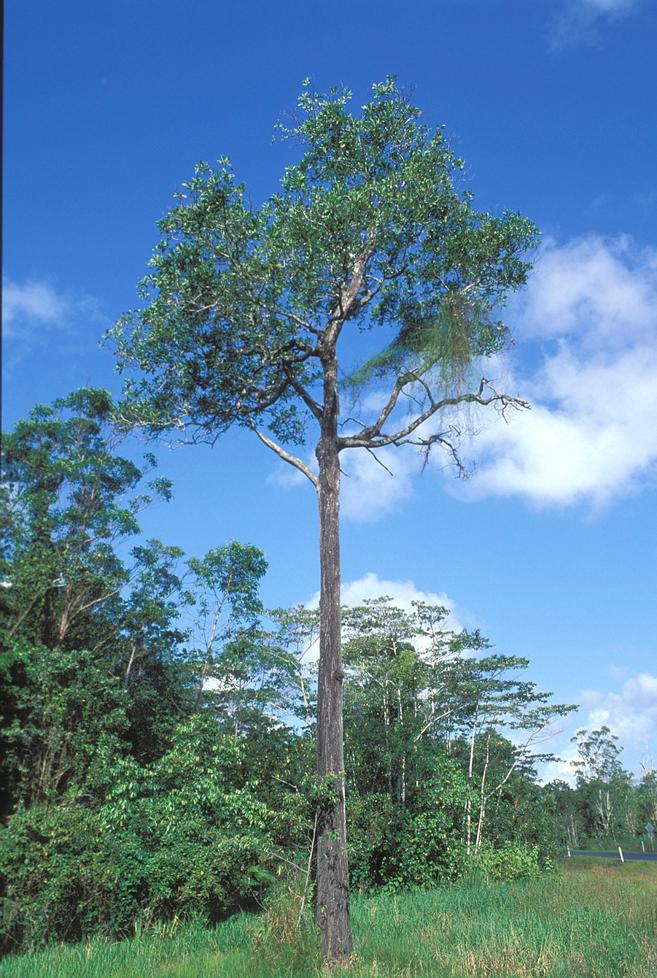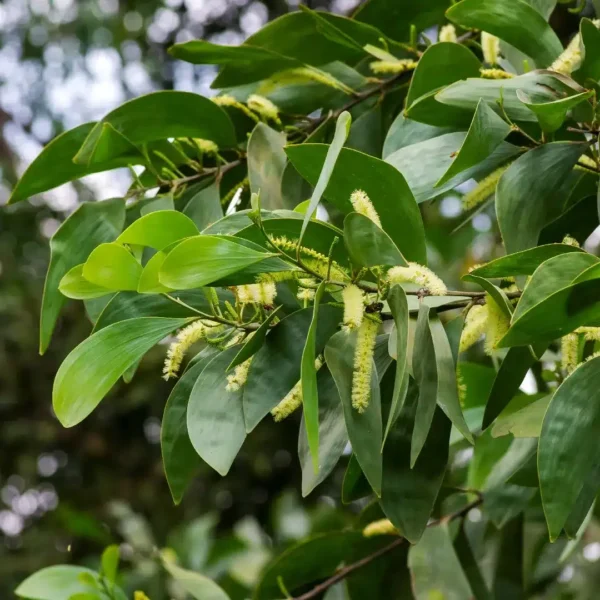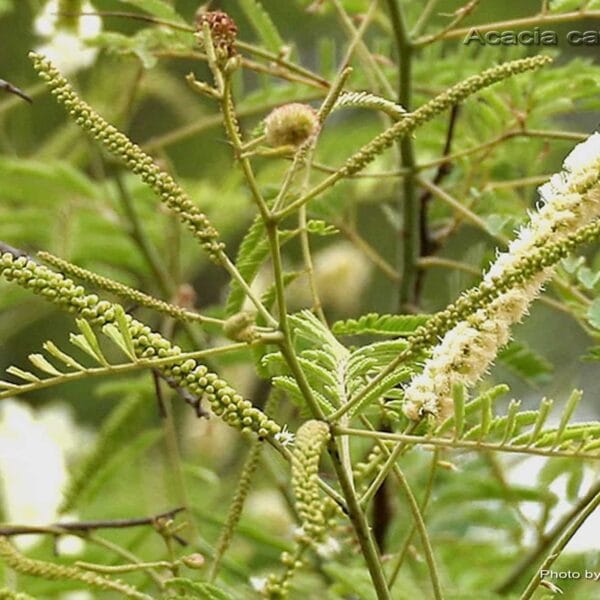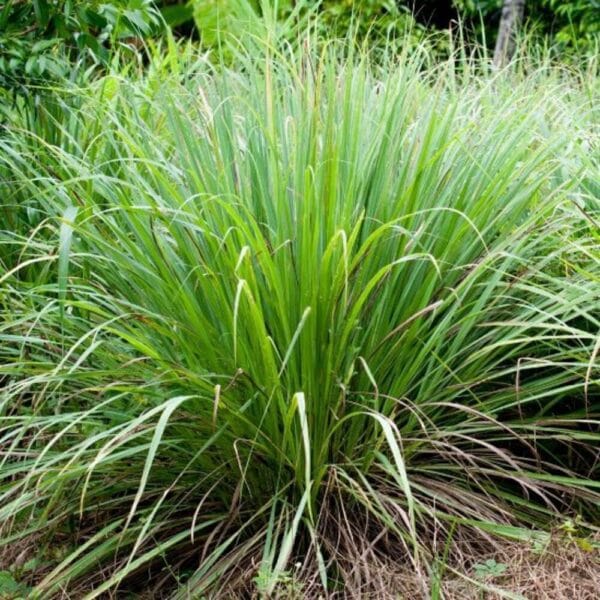Australian Sagvan Acacia Mangium Tree seeds
₹80.00 Original price was: ₹80.00.₹50.00Current price is: ₹50.00.
Australian Sagvan Acacia Mangium Tree seeds
Acacia mangium is a versatile and valuable tree species with numerous uses in timber production, soil improvement, agroforestry, environmental restoration, and fuelwood supply. Its ability to grow rapidly and improve soil fertility makes it a popular choice for reforestation and land rehabilitation projects. While it offers many benefits, care must be taken to manage its potential invasiveness and susceptibility to pests and diseases.
Out of stock
Australian Sagvan Acacia Mangium Tree seeds
Acacia mangium, commonly known as mangium, is a fast-growing tree species belonging to the Fabaceae family. Native to Australia, Papua New Guinea, and Indonesia, it has been widely introduced to other tropical regions for various uses. Here’s an in-depth look at Acacia mangium:
Characteristics
- Appearance:
- Height: Typically grows up to 30 meters (98 feet) tall.
- Leaves: The tree has phyllodes (modified leaf stems) instead of true leaves, which are long, broad, and slightly curved.
- Bark: The bark is rough and fissured, often dark brown to grey in color.
- Flowers: Small, creamy-white to yellow flowers arranged in spikes. They are fragrant and attract various pollinators.
- Seeds: The tree produces pods containing hard, shiny seeds.
- Growth Habit:
- Acacia mangium is a fast-growing, nitrogen-fixing tree, which makes it valuable for soil improvement and reforestation projects.
Uses
- Timber:
- Wood Quality: The wood is durable, moderately heavy, and resistant to termites. It is used for furniture, flooring, construction, and paper pulp production.
- Soil Improvement:
- Nitrogen Fixation: Acacia mangium forms symbiotic relationships with nitrogen-fixing bacteria, enriching the soil and making it suitable for other crops.
- Erosion Control: The tree’s extensive root system helps prevent soil erosion, particularly on degraded lands.
- Agroforestry:
- Shade and Shelter: It provides shade and shelter for crops and livestock, improving overall farm productivity.
- Intercropping: Often planted in agroforestry systems, enhancing biodiversity and soil health.
- Environmental Restoration:
- Reforestation: Widely used in reforestation projects to restore degraded lands.
- Carbon Sequestration: Helps in mitigating climate change by sequestering carbon dioxide from the atmosphere.
- Fuelwood and Charcoal:
- The wood is used for fuel and charcoal production, providing an energy source for local communities.
Health and Ecological Benefits
- Medicinal Uses:
- Traditional medicinal uses include treatments for various ailments, although detailed scientific studies are limited.
- Wildlife Habitat:
- Provides habitat and food for various insects, birds, and other wildlife.
Growing Acacia mangium
- Climate:
- Thrives in tropical and subtropical climates with temperatures ranging from 22-30°C (72-86°F). It prefers regions with an annual rainfall of 1,000-4,500 mm (39-177 inches).
- Soil:
- Adaptable to various soil types but prefers well-drained, slightly acidic to neutral soils. Tolerates poor and degraded soils due to its nitrogen-fixing ability.
- Propagation:
- Propagated from seeds. Pre-germination treatments like soaking in hot water can enhance germination rates.
- Planting:
- Seeds are usually sown in nurseries and transplanted to the field after 3-4 months. Spacing varies depending on the intended use but generally ranges from 2-4 meters apart.
- Maintenance:
- Requires minimal maintenance once established. Regular weeding and thinning can promote better growth and productivity.
Challenges
- Invasiveness:
- In some regions, Acacia mangium can become invasive, outcompeting native species and altering ecosystems.
- Pests and Diseases:
- Susceptible to various pests and diseases, including root rot, stem borers, and leaf spot.
Summary
Acacia mangium is a versatile and valuable tree species with numerous uses in timber production, soil improvement, agroforestry, environmental restoration, and fuelwood supply. Its ability to grow rapidly and improve soil fertility makes it a popular choice for reforestation and land rehabilitation projects. While it offers many benefits, care must be taken to manage its potential invasiveness and susceptibility to pests and diseases.
| Weight | 30 g |
|---|---|
| Dimensions | 15 cm |
Related products
Australian Rosewood Acacia Cracicarpa tree seeds
₹100.00Original price was: ₹100.00.₹50.00Current price is: ₹50.00. -50%Ash Gourd Big open pollinated vegetable seeds
₹60.00Original price was: ₹60.00.₹50.00Current price is: ₹50.00. -17%Khair (Acacia Catechu)
₹80.00Original price was: ₹80.00.₹50.00Current price is: ₹50.00. -38%Lemon Grass Live plant for gardening
₹200.00Original price was: ₹200.00.₹150.00Current price is: ₹150.00. -25%







Reviews
There are no reviews yet.